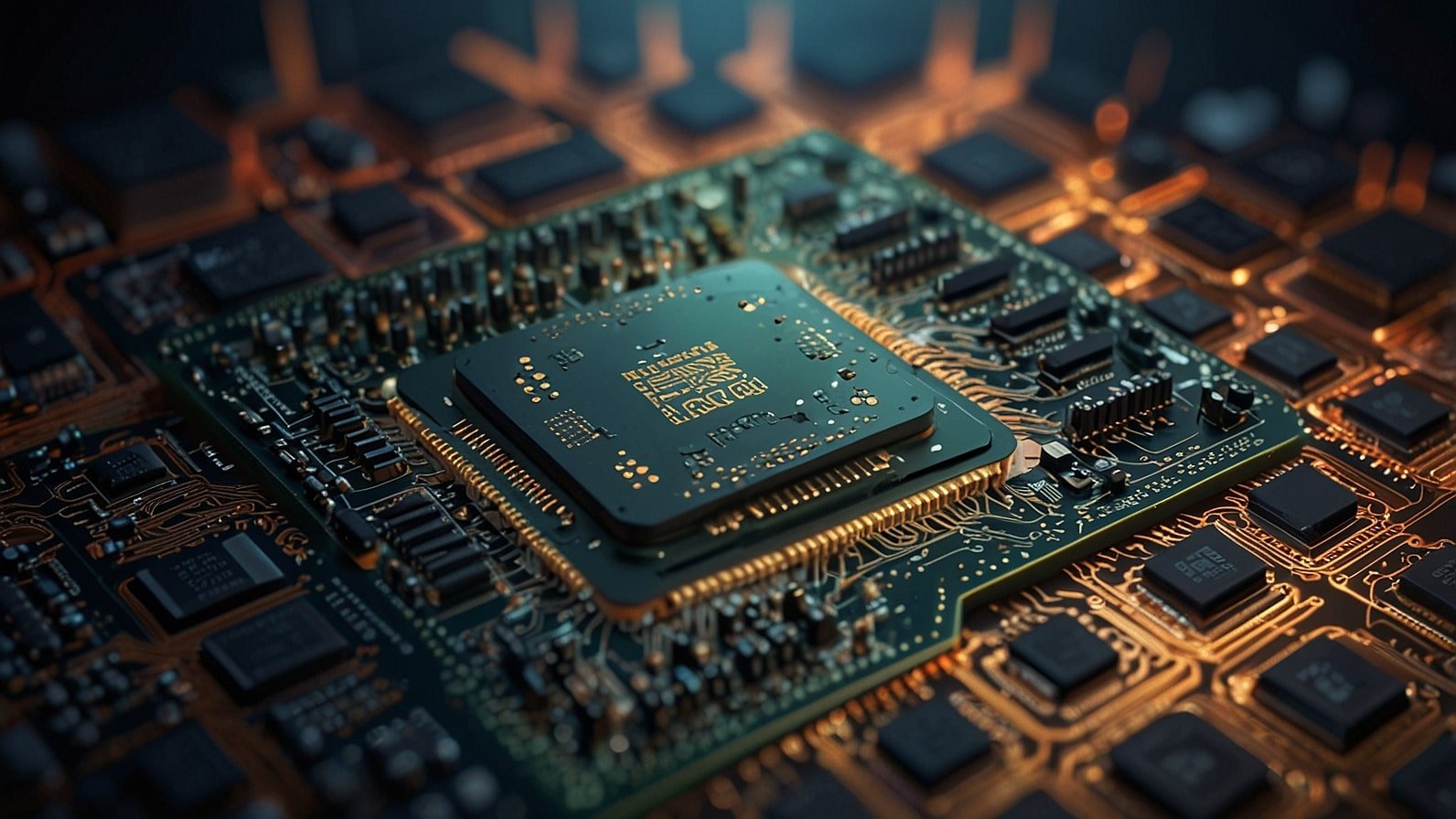Cerebras Systems Raises $1.1 Billion: AI Chip Startup’s Massive Funding Round Signals Wafer-Scale Revolution

Cerebras Systems has raised $1.1 billion in a Series F financing, a substantial investment in the development of AI hardware, which has increased its valuation to more than $7 billion, marking an unprecedented capital injection into the industry.
The investment, led by international giants such as AMD Ventures and Alpha Wave Global, features a significant presence of 1789 Capital, a company supported by alumni of the Trump administration, which underscores the convergence of tech ambitions and politics.
This convergence comes at a time when there is a growing demand for AI chips with specialised applications, and Cerebras is poised to rival NVIDIA’s hegemony with its breakthroughs in wafer-scale processors, which are developed to run hypercomputing.
Cerebras was started in 2015, with its WSE (Wafer Scale Engine), the largest single AI chip in the world, occupying a whole silicon wafer, and containing 4 trillion transistors- by comparison, traditional GPUs have a few hundred thousand transistors.
The most recent CS-3, which was announced last month, has 125 petaflops of performance and 900,000 cores, making models with trillions of parameters capable of training within hours, not weeks.
The company said that this investment speeds up its mission to deploy AI at exascale, with applications in national laboratories and cloud providers such as CoreWeave, as Cerebras CEO Andrew Feldman wrote in a press release.
The capital structure of the round is a combination of equity and debt, and the proceeds of the round will be used in the expansion of research and development and the production scale-up. Cerebras intends to expand its staff to 1,200 engineers by the middle of 2026, with a concentration on software ecosystems such as SwarmX distributed inference.
The initial users, such as pharmaceutical companies, to simulate drug discovery, record 10x faster than NVIDIA clusters, which reduces power bills by 40 per cent in the face of increasing power demands on data centres.
Wafer-Scale Tech: Rejecting AI Acceleration
Cerebras is based on a paradigm-shifting architecture at its core. Traditional chips tiled workloads between multiple units, communicating between them with a bottleneck; the WSE is built on a single, monolithic slab, reducing communication to nanoseconds. This memory-based design supports up to 44GB on-chip, which is suitable for fine-tuning a large language model without continually shuffling data.
Recent benchmarks, which were announced, show that the CS-3 inferring GPT-scale models used 30 per cent less power than they did at least 2x the throughput of H100 clusters.
To businesses, it signifies the democratisation of frontier AI: Startups have access to supercomputer-grade hardware in the form of a cloud service offered by Cerebras, which costs $2 per GPU-hour equivalent.
This has an added geopolitical aspect with the addition of 1789 Capital, a group of former Trump advisors who invest in Cerebras to strengthen U.S. AI supremacy over Chinese competition, such as Huawei’s chips, known as Ascend.
The challenges in manufacturing, which were a bottleneck, are being reduced with the 5nm node upgrade of TSMC. Cerebras has increased its Santa Clara fab to 95% functional, and 70% the year before, allowing volume shipments by Q4. Collaborations with Dell and Supermicro make CS-3 a part of a rack-scale solution, with a goal of $5 billion of orders by 2027.
Money-Making Frenzy: Investment Boom of AI Hardware
This increase tops off a year of triumph in AI semiconductors, and the industry funds are expected to reach $20 billion in 2025- three times that of 2024. Cerebras is another unicorn following Groq ($640 million in June) and Tenstorrent ($700 million in August), as hyperscalers seek alternatives to the 90 per cent market dominance of NVIDIA.
The AMD lead investment is an indication of a convergence of the ecosystem; rumours of joint IP licensing will give rise to hybrid accelerators utilising both x86 and wafer technology.
The sentiment of investors is a reflection of the general tendencies. BlackRock and Fidelity, completing the syndicate, place their bet on the future of Cerebras as an IPO in 2028, which predicts the enterprise AI revenues at 10B.
The Trump connection is a red flag: the portfolio of 1789 Capital is focused on America First technology, which can affect AI export restrictions. Feldman discounted politics, saying, “We are not interested in boundaries; we are interested in engineering breakthroughs.
The situation in the market makes the stakes more significant. The order backlog of Cerebras has soared to $2.5 billion due to supply gaps in NVIDIA Blackwell delays that have caused supply shortages. By 2030, the analysts at Piper Sandler predict that wafer-scale will capture 15 per cent of AI chip spending, disrupting foundry economics.
Ecosystem and Ethical Ripples
The rise of Cerebras shudders the AI stack. PyTorch and JAX are now natively supported in software such as Cerebras Graph Compiler, making it easier to migrate the 500+ customers. In the study, the Andromeda cluster, which used 32 CS-2s as a source of power, solved protein folding riddles on behalf of Moderna, speeding up vaccine versions.
Yet, challenges persist. Energy is consumed at an astute rate; an individual CS-3 unit consumes 15 kW, which has overwhelmed grids in AI hubs such as Virginia.
Cerebras responds with liquid cooling technologies, aiming at the creation of net-zero data centres in 2028. The ethical side of the DoD contracts of autonomous systems within the firm raises the issue of militarised AI and the need to create transparency in the algorithmic decision-making.
Greater consequences reach the sustainability and accessibility. Cerebras minimises carbon footprints by sparsity training neural networks, which means that training the Llama 3 equivalent model generates 80 times less carbon emissions compared to competitors.
In the case of the emerging markets, low-cost inference may become the driver of AI use in agriculture and healthcare, and pilots in India have achieved 20% crop yield improvements through predictive analytics.
Horizon of Hyper-Scale: What Comes Next to Cerebras
Cerebras is looking ahead to CS-4, 7nm technology, 10x density, in 2027. Technological advances, such as optical interconnects to petabyte memory, are suggested by strategic purchases of photonics startups, such as the recent $200 million buyout of a photonics startup. It plans to expand globally, with Singapore R&D and GDPR-compliant AI.
This milestone of 1.1 billion dollars is not merely fuel, but it is the kick starter of the wafer age. With the transition of AI beyond hype into infrastructure, Cerebras has a chance to leave its silicon heritage, chip by chip. The bite of the underdog in the competition for computational supremacy might turn the board.



